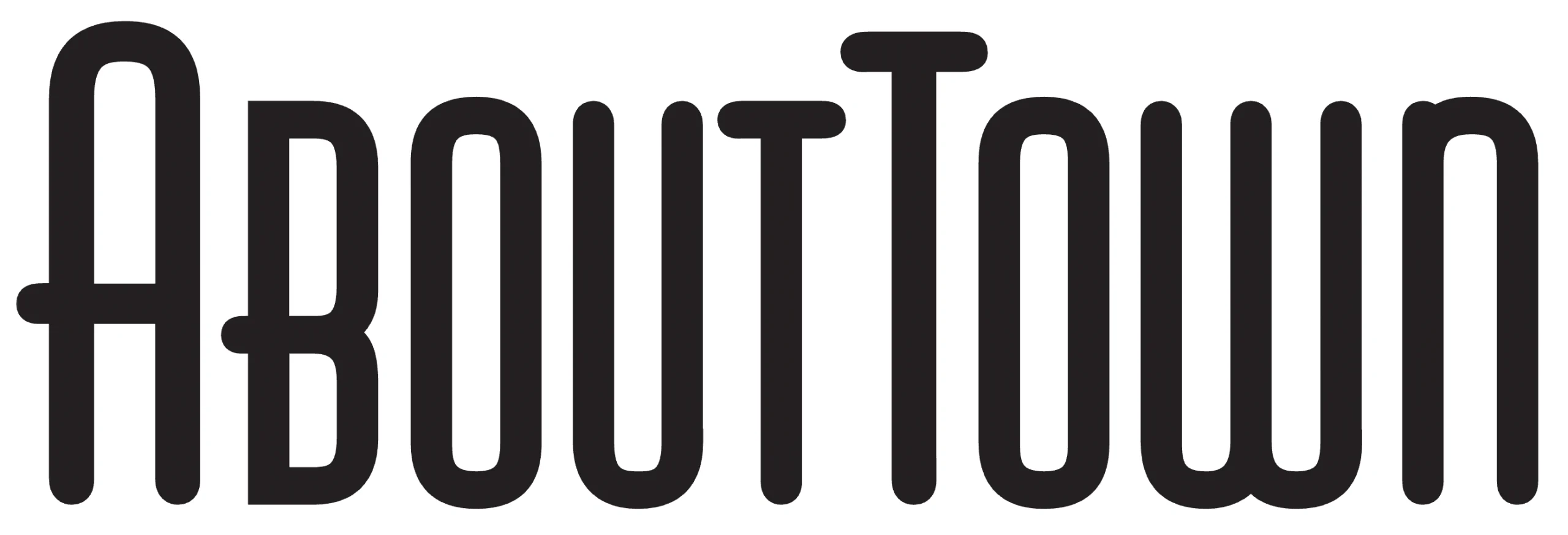Celebrate National Puppy Day with a good scrubbing.
Happy National Puppy Day! It’s truly impossible to capture the moments of joy that our furry besties bring us each day, and today is one of many opportunities to celebrate them. That means lots of doggo snacks, fetch, and a quality bath so they can feel like their best selves. While we may have the best intentions for our puppies, it helps to know the most efficient ways to clean them so we aren’t wasting our goodwill. Fortunately, the good people at Shower to Bath Experts have done the research and compiled a list of 10 helpful things to know for your pet’s next bath time.
Clip your dog’s nails before bath time
While it would seem that long nails are better for grip, that is not the case for dogs in the bathtub. Unclipped nails can lead to accidental slipping – especially for smaller dogs. Start the bathing process with a trim to make the process easier for you and your puppy.
Brush your dog’s hair before and after bathing
Brushing your dog’s hair before and after bathing ensures softness to your puppy’s coat. All dog breeds shed their hair, and it’s best to get rid of any excess dead hair before shampooing. Brushing your pet’s hair will also get rid of any matting and tangles before washing, making it a much easier and more pleasant experience.
Gently place cotton balls inside the ears before bathing
Much like their human friends, dogs hate the most is getting water in their ears – hence shaking off mid-bath in an attempt to remove trapped water. This can be controlled by placing a small cotton ball inside your pet’s ears while bathing.
Wash your dog in lukewarm water
Always check the water temperature before wetting your dog. What feels warm enough on our skin tends to be over 38 degrees Celsius or around 100 degrees Fahrenheit, and this is in fact too warm for your dog’s skin. Water temperatures over 37 degrees Celsius or 98.6 degrees Fahrenheit can increase your pet’s heart rate too much, causing a strain, especially for puppies and older dogs.
Avoid getting water in the nose
It is important to wash our dog’s face, but equally important to avoid getting water in their nose. The best way to do this is by tilting the head up and monitoring the water flow during the bathing. If too much water enters a dog’s nose they are at risk of choking.
Consider tearless shampoo
Although it’s not necessary, you can opt for tearless shampoos. These are usually sulfate and paraben free, which makes them the perfect tear-free formula to wash your dog with. It’s important to select the best dog shampoo for your particular breed in order to avoid allergies and skin disorders
Scrub the hair in the direction you want the hair to grow
It is important to scrub your dog’s hair in the direction that you would like it to grow. This easy step feels more comfortable and will help avoid ingrown hairs, which could lead to bumps in the skin.
Avoid spraying your dog with full-force water
Using harsh water pressure can be quite a traumatic experience for your dog, so it’s crucial that you use a low setting during the bath. By using lower water pressure, you are also saving yourself from splattering dirty water all over your bathroom.
Rinse and repeat
Even if you believe that all the shampoo has been removed after rinsing, make sure you double or even triple rinse. Ensuring every little bit of shampoo has been removed is vital as any remaining suds can irritate your dog’s skin.
Gently hold the back of the neck to limit your dog shaking off wet water
If your dog is about to shake off all the bath water before you have had a chance to wipe them down with a towel, simply hold the back of the neck and apply a small amount of pressure. This makes it impossible for them to shake their head, reducing the amount of water splatter in your bathroom and letting you give your bestie the quality dry they deserve.
We’ve been given the tools to the perfect pet bath, now it’s time to go spoil our puppy pals!


